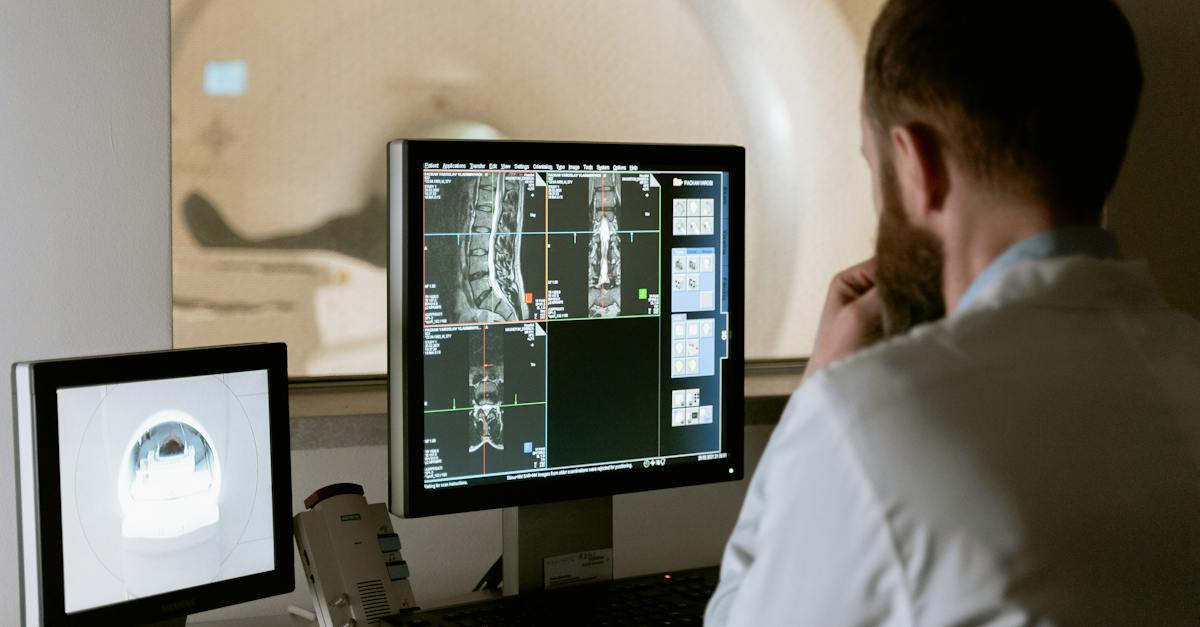Ever wondered what drives the endless pursuit of knowledge in the scientific world? Science isn’t just about fancy equipment and complex formulas; it’s built on fundamental goals that give direction to this relentless quest. Understanding these pillars is key to grasping how science shapes our understanding of the universe.
At its core, science aims to do three things: explain phenomena, predict outcomes, and ultimately, control or influence the world around us. These goals are the heartbeat of scientific exploration, pushing boundaries and sparking innovations that transform our lives. Stick around to dive deeper into each goal and see how they’re the driving force behind every scientific breakthrough.
Explaining Phenomena
When you delve into the realm of science, you’ll soon realize that one of its primary goals is to explain the various phenomena that occur in the natural world. This is not about mere observations; it’s about understanding the underlying mechanisms that govern these events. Through systematic study and rigorous testing, science seeks to unravel the mysteries that have puzzled humanity for centuries.
The Mechanism Behind the Magic
Imagine watching the sunrise, witnessing a volcanic eruption, or contemplating the complexity of your own genetic makeup. These are all intricate phenomena that have explanations rooted in scientific principles. Scientists employ the scientific method to formulate hypotheses, conduct experiments, and ultimately, provide plausible explanations. What’s fascinating is how these explanations often lead to even more questions, propelling the cycle of discovery ever forward.
Drawing from Multiple Disciplines
To thoroughly explain phenomena, science doesn’t work in silos. It draws from a plethora of disciplines:
- Physics
- Chemistry
- Biology
- Geology
- Astronomy
Each field contributes unique insights, painting a comprehensive picture of how things work. For instance, understanding photosynthesis isn’t just about biology; it’s about chemistry too. The interdisciplinary approach widens the explanatory power of science and enriches our comprehension of the natural world.
Evidence as the Cornerstone
Central to explaining phenomena is the relentless pursuit of evidence. Without tangible proof, scientific explanations remain speculative. That’s why the collection and analysis of data are so critical. Even the most elegant theory must withstand the litmus test of evidence to solidify its relevance in the scientific community. It’s a meticulous process, but one that ensures the explanations offered by science are robust and reliable.
Impact on Technology and Innovation
The explanations science provides serve as the bedrock for technological advances. By understanding how things work, scientists and engineers can create innovative solutions to everyday problems. These explanations aren’t just intellectual exercises; they have practical applications that significantly enhance the quality of life. From the technology in your smartphone to the medicine in your cabinet, the goal of explaining phenomena touches nearly every aspect of your daily existence.
Predicting Outcomes
Beyond simply explaining the world, science sets out to anticipate what comes next. Predicting outcomes is essential—it’s the ability to forecast future events based on current understanding and evidence. Think of weather forecasting, economic models, or medical prognoses; these are all outcomes of scientific prediction.
Robust models and simulations are tools scientists use to predict the weather. Meteorologists gather vast amounts of data from satellites, radar, weather stations, and ocean buoys. Patterns emerge from this wealth of information, allowing for short and long-term weather predictions.
In healthcare, predictions can dictate preventative measures for patients. Doctors analyze medical histories and lifestyle factors to predict health risks. With these predictions, you can take steps to mitigate potential issues before they arise.
Financial success often hinges on accurate predictions. Economists analyze market trends, historical data, and socioeconomic factors to forecast market conditions. These predictions guide businesses and governments in making informed decisions about investments and policy-making.
The accuracy of predictions relies on the quality of data and the reliability of the methods used to analyze and interpret it. Moreover, as systems become more complex, the task of making accurate predictions grows more challenging. Scientists must then revise their models and hypotheses to enhance predictive capabilities.
| Field | Prediction Tool | Example Use |
|---|---|---|
| Meteorology | Weather Models | Storm and climate forecasting |
| Healthcare | Statistical Analysis | Disease risk assessment |
| Economics | Econometric Models | Market behavior prediction |
Predictive science isn’t just about knowing what will happen; it’s about preparing for future challenges and opportunities. It empowers societies and individuals with the knowledge to make proactive decisions, transforming passive observation into active preparation.
Controlling or Influencing the World
While understanding and predicting phenomena lay the groundwork, science also aims at controlling or influencing the environment. This facet of science means not just passively observing the world but actively shaping it. You interact with countless scientific applications every day that stem from this goal.
- Technological advancements: The gadgets and machines you use are products of scientific inquiry focused on control.
- Medical treatments: New drugs and therapies emerge from a desire to manage health outcomes.
- Agricultural practices: Improved crop yields result from scientific interventions in natural processes.
These examples illustrate how science empowers you to manipulate variables for desired outcomes. It starts with experiments in a controlled environment, such as a laboratory, where scientists tweak one factor at a time. This methodical approach ensures that changes leading to a particular effect are understood and can be replicated.
In the larger scheme, controlling certain aspects of your world can mean mitigating the impact of natural disasters or combating climate change. Effective control is often a measure of scientific success but it’s also a responsibility. With the power to influence the environment comes the duty to consider ethical implications and long-term effects.
Efforts to control and influence often drive innovation. For instance, renewable energy solutions are a direct response to the need for sustainable power sources that lessen environmental impact. So, when you think of science, consider it as a tool for constructing a better future; one where your quality of life and the health of the planet are in balance.
The quest to control and influence isn’t without challenges. Variables in the real world are numerous and oftentimes less predictable than those in a controlled environment. Still, the goal remains: to translate scientific understandings into practical, tangible benefits. Understanding the mechanisms at play lets you move beyond theory into the realm of application, where scientific knowledge is wielded to make meaningful changes.
Conclusion
You’ve seen how science strives to explain, predict, and control various phenomena, impacting every facet of your life. From technological breakthroughs to medical interventions, the goals of science reflect a deep desire to harness knowledge for practical benefits. As you grapple with the ethical dimensions of such control, remember the ultimate aim is to improve human lives and safeguard our planet. Embrace the complexity and challenges, for they’re part of the journey towards a more informed and capable society. Keep questioning, keep learning, and watch as science continues to unlock the mysteries of the universe, one discovery at a time.


Leave a Reply